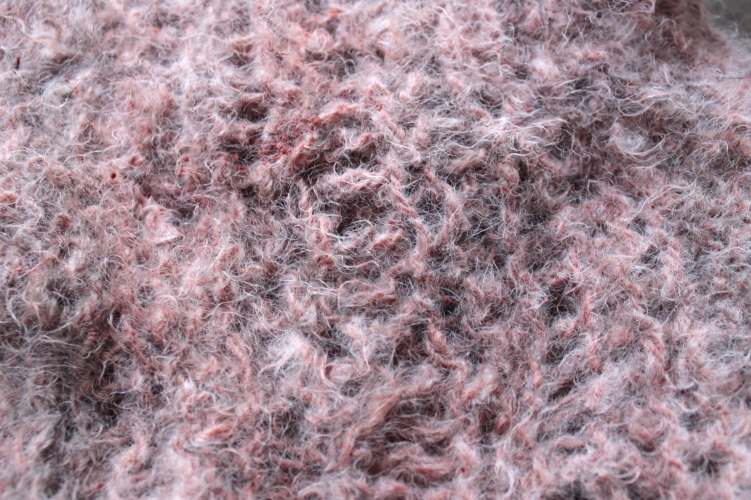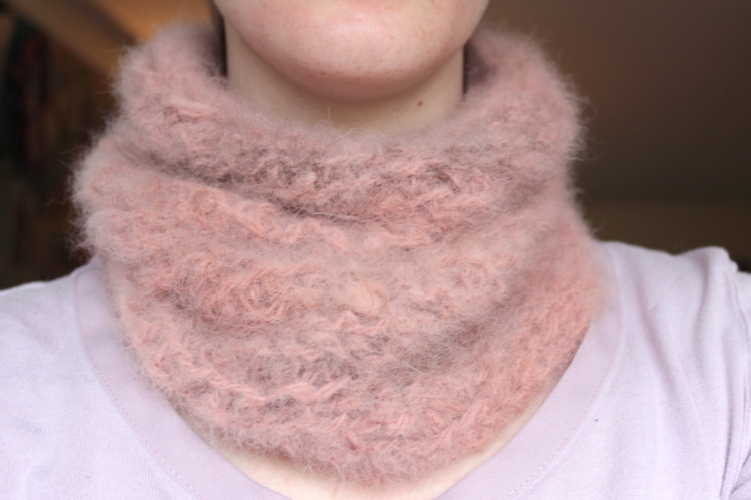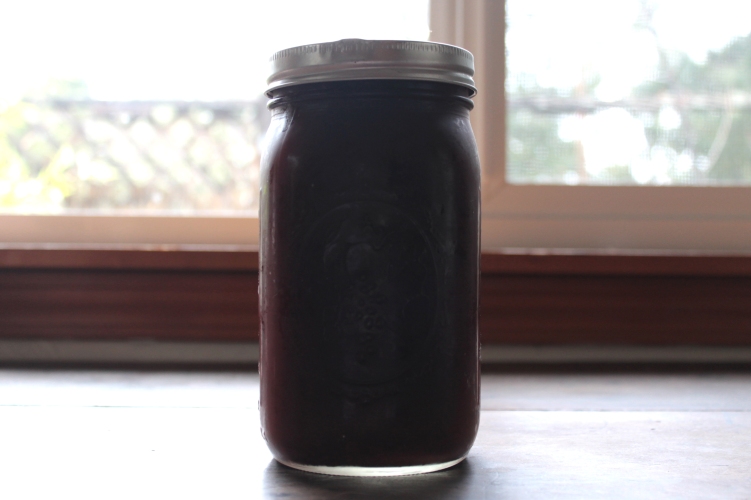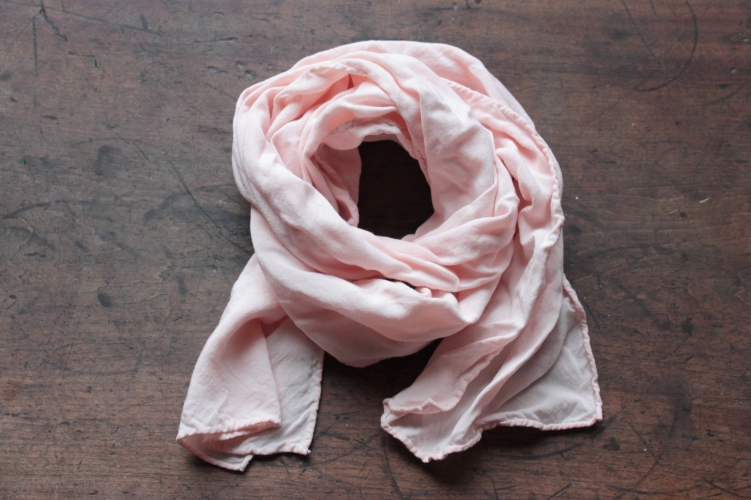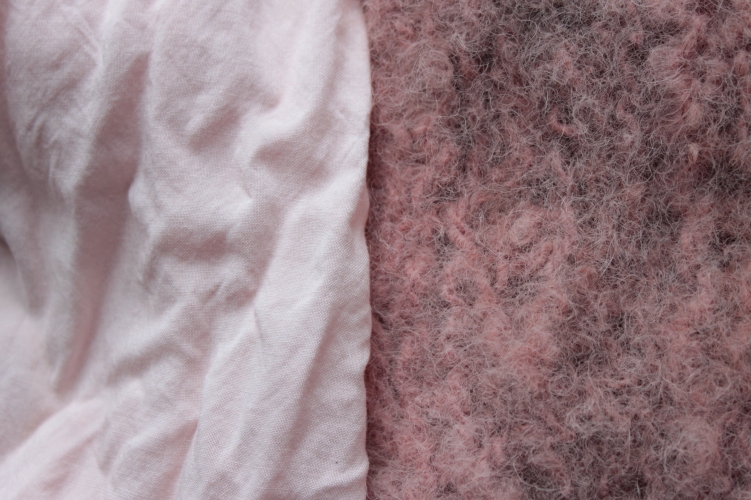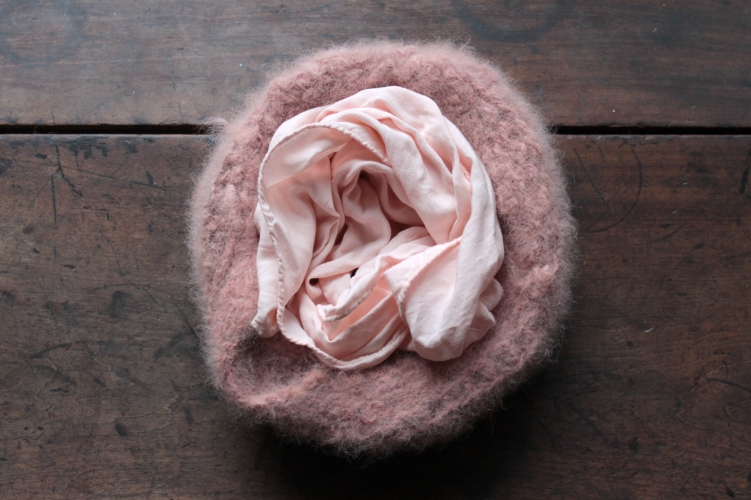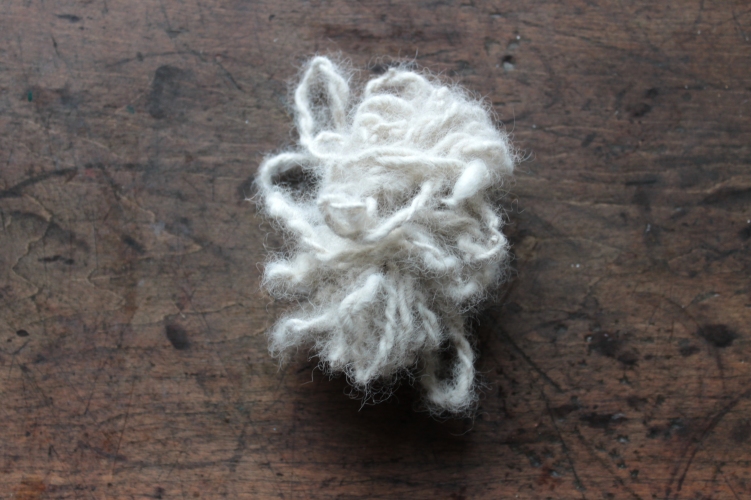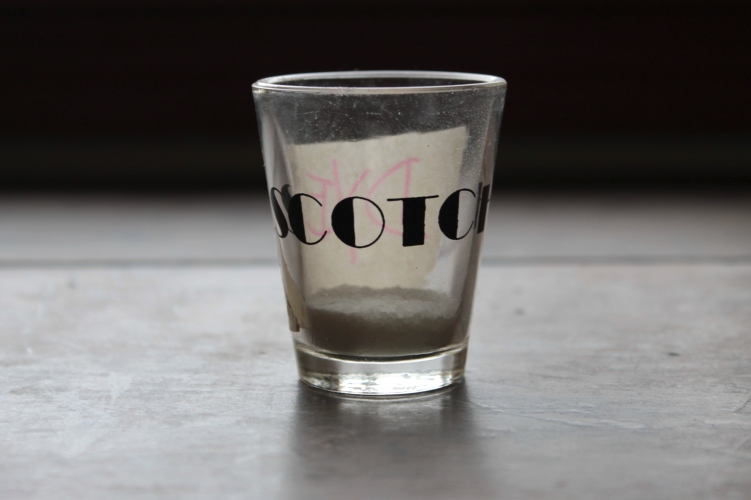Hi! Its been three months since I’ve posted on here, but I decided to return since I’ve just moved to Portland! It’s been a long time coming, but I finally saved up enough money and got rid of enough stuff that I could move out of my mom’s. I’ve got 4 awesome roommates, and I’m living two blocks off of Mississippi, which is an amazing and delicious neighborhood. Also half a mile away is an awesome health food store called New Seasons Market, where there are a lot of great bulk buying and healthy options! Ultimately, my goal is to eliminate as much plastic as possible from my life, but its hard to do when it comes to liquids that need to be in a squeezable container. Before I left Eugene, I picked up two squeezy bottles at a Natural Grocers, and also found an empty shampoo bottle in my bathroom that was perfect. I planned out my shampoo use before my move, so I ran out the day before leaving, so when I got here, one of the first things I did was go get myself some shampoo and conditioner in bulk!

It feels good to check another thing off the list of waste that I will no longer create. True, the best thing to do would be to not use shampoo at all and go the way of the recently popular “no poo” method, but I really didn’t like how it made my hair feel, and I think it may have encouraged a rash on my mouth. So I’m just as happy with bulk shampooing. The most important realization I’ve had is that ultimately, what shampoo I use doesn’t make that big of a difference. Maybe for some people it does, but there is no reason to waste a lot of money and plastic just for the placebo effect of having better hair.
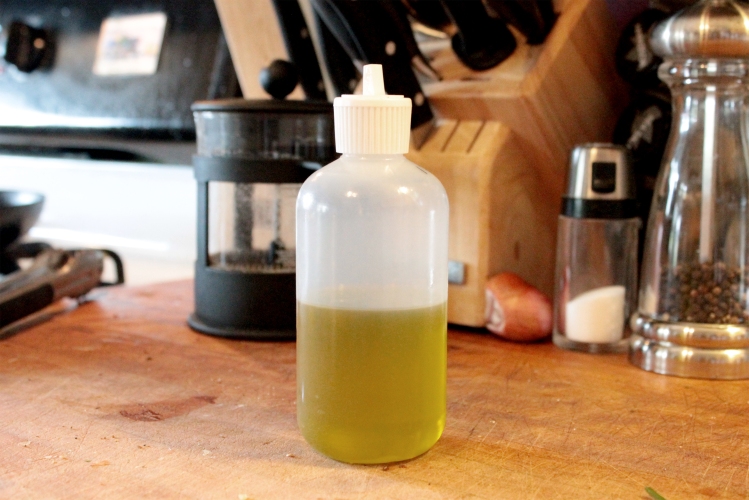
Another great thing about New Seasons, and I’m sure many other healthy grocers, is the fact that you can get things like olive oil and honey in bulk! I went back the other day and filled up my last squeezy bottle with olive oil, and not only does it weigh less and cost less than a glass bottle, its also WAY more convenient for use. You just squeeze a little in the pan and don’t have to worry about spilling or anything. Its the best 😀
So remember that buying single use products its an easy cycle to break if you make the decision to do it!


